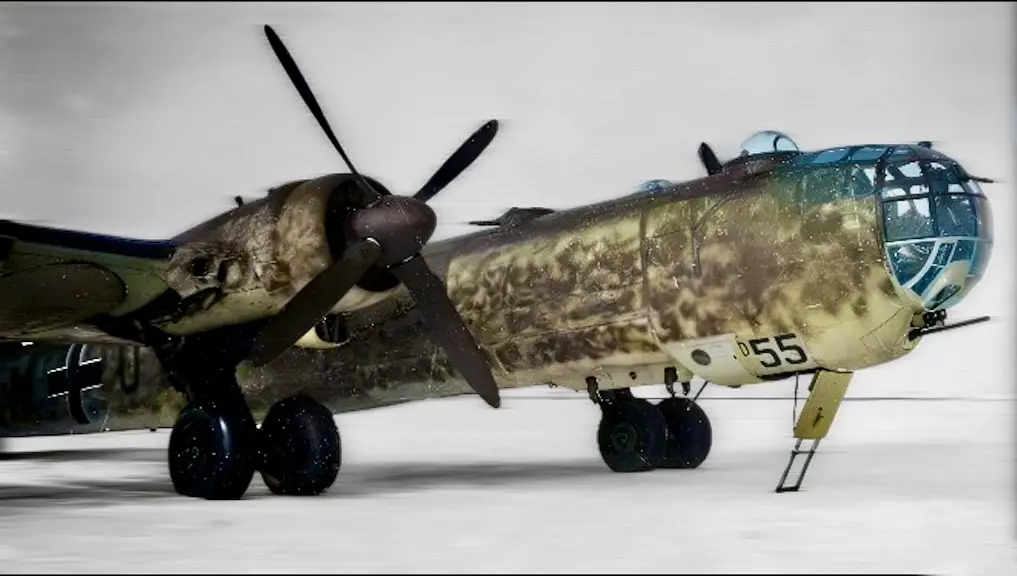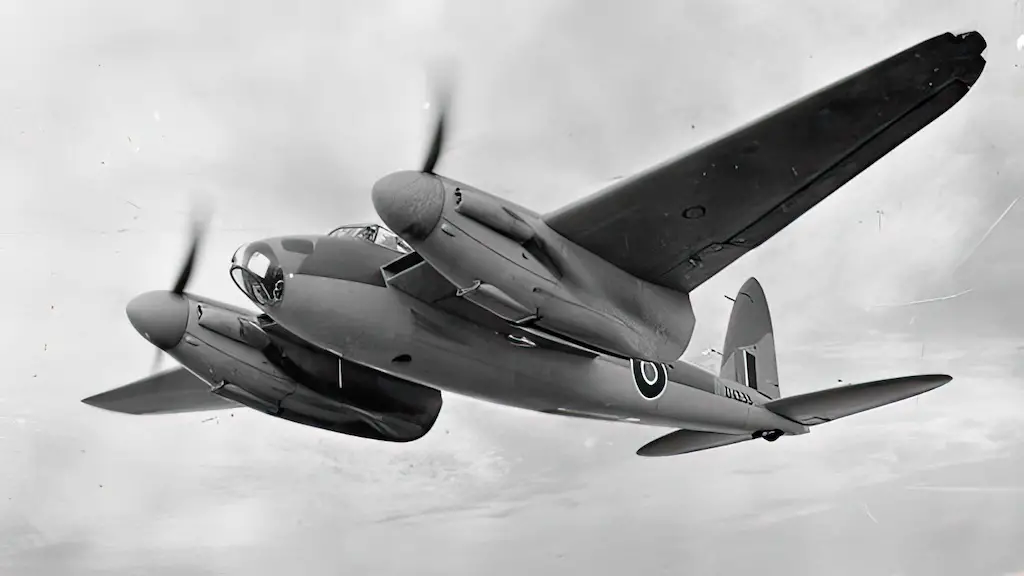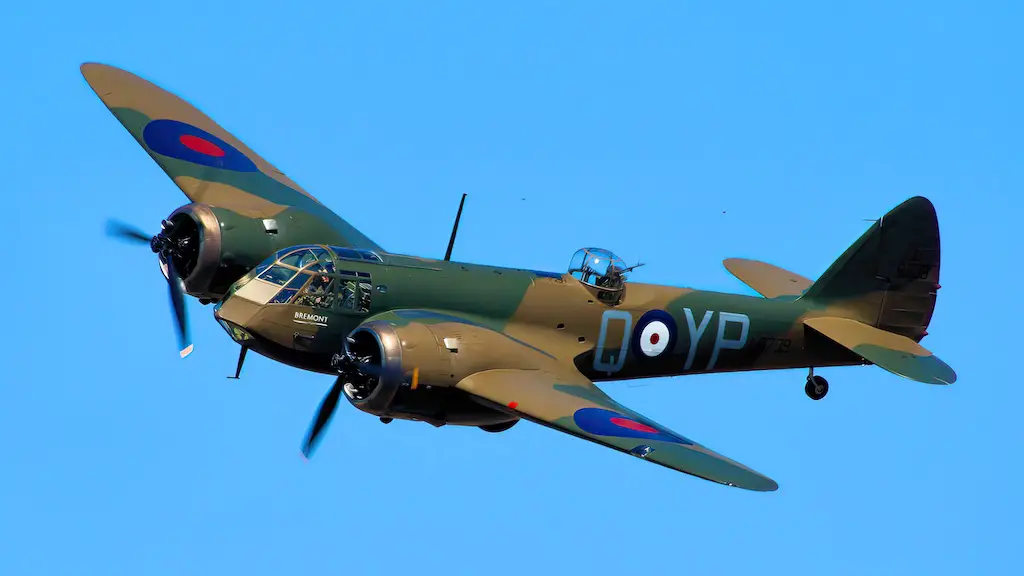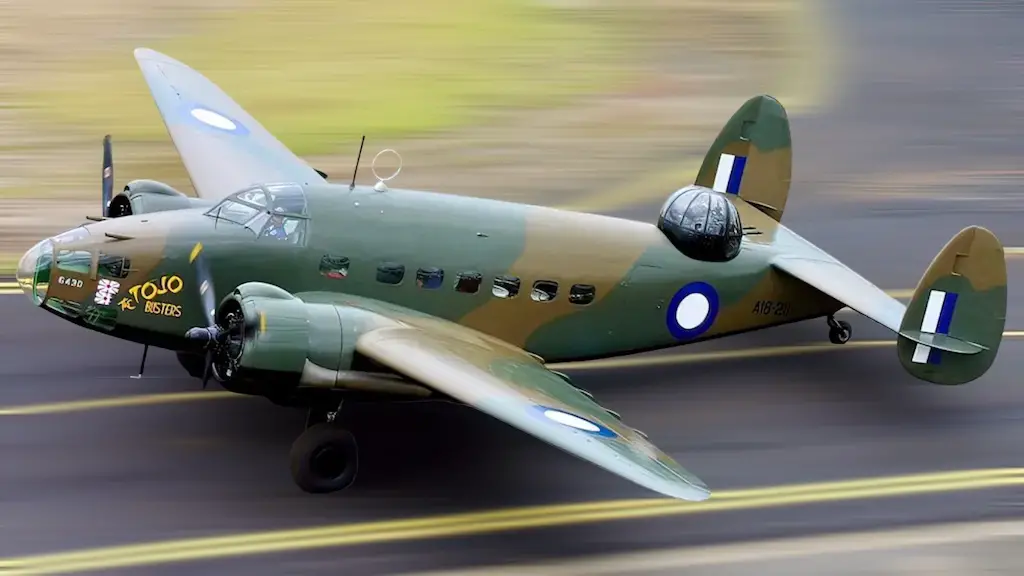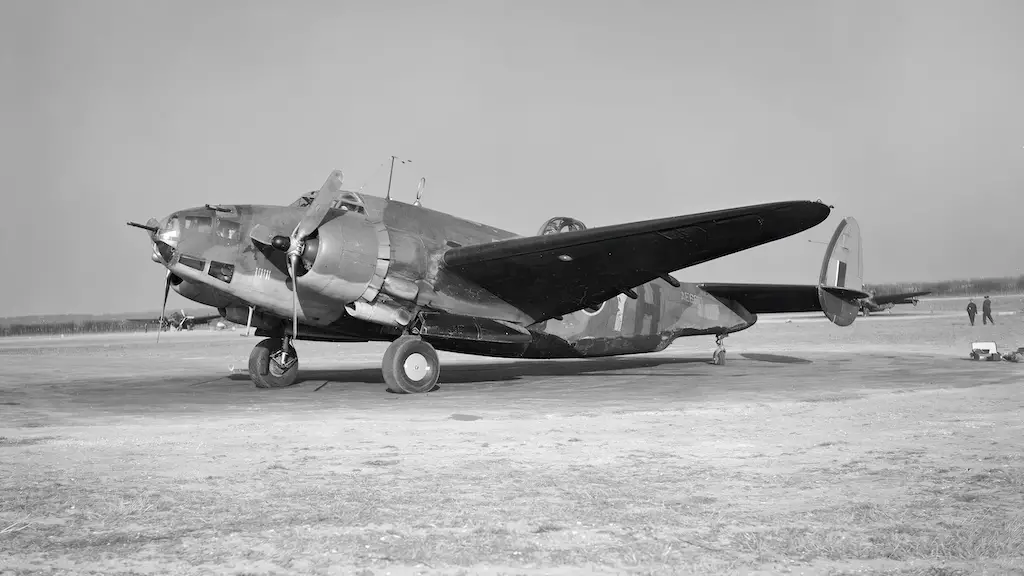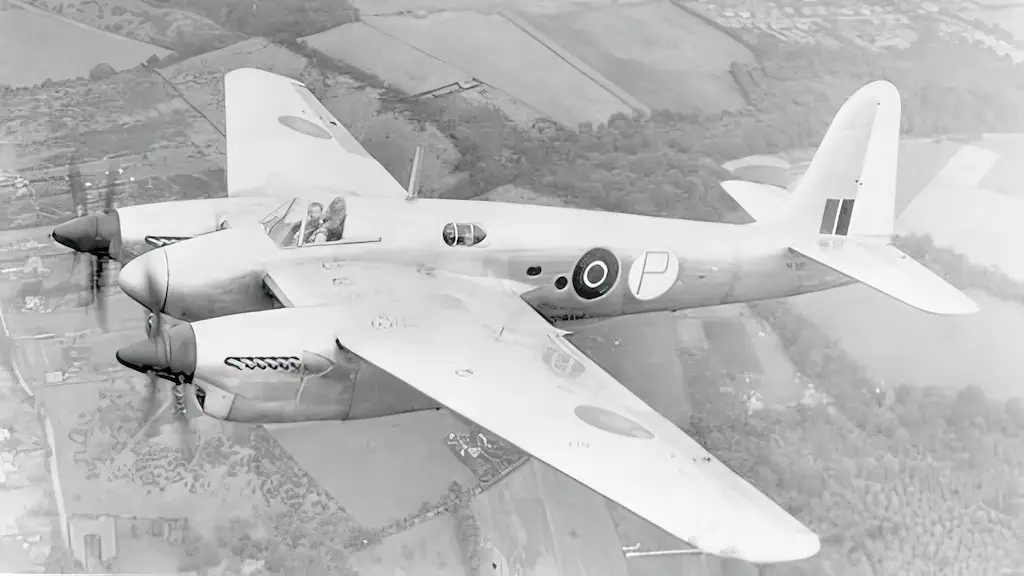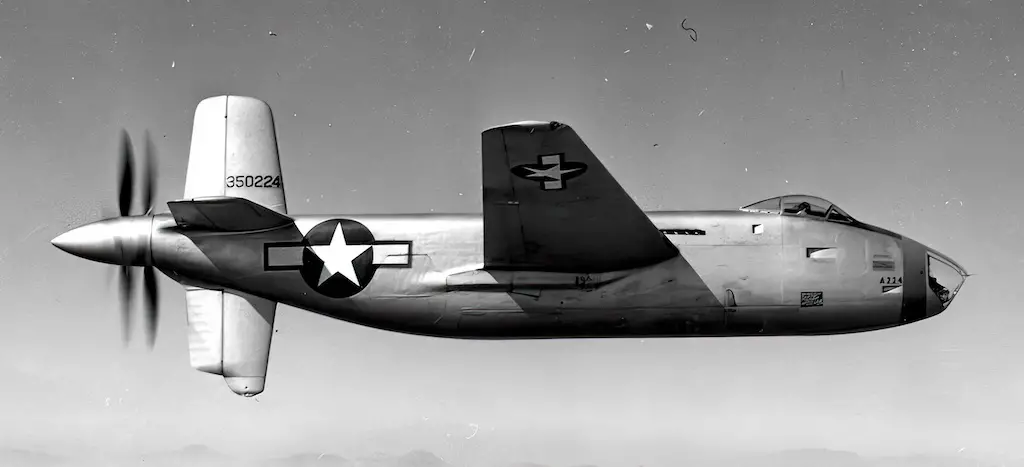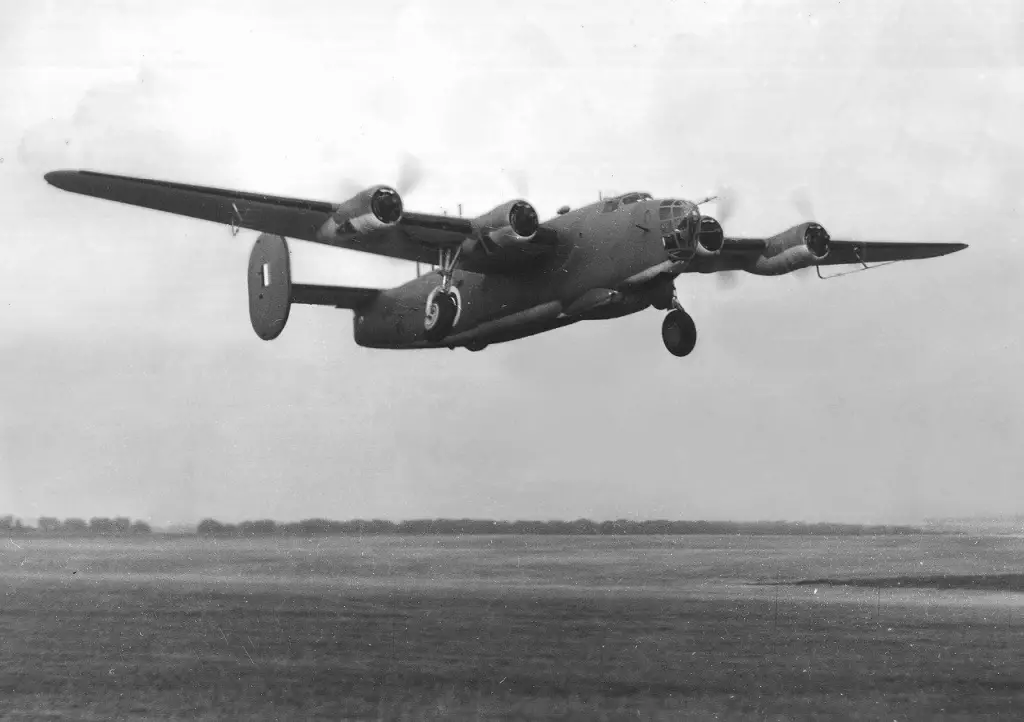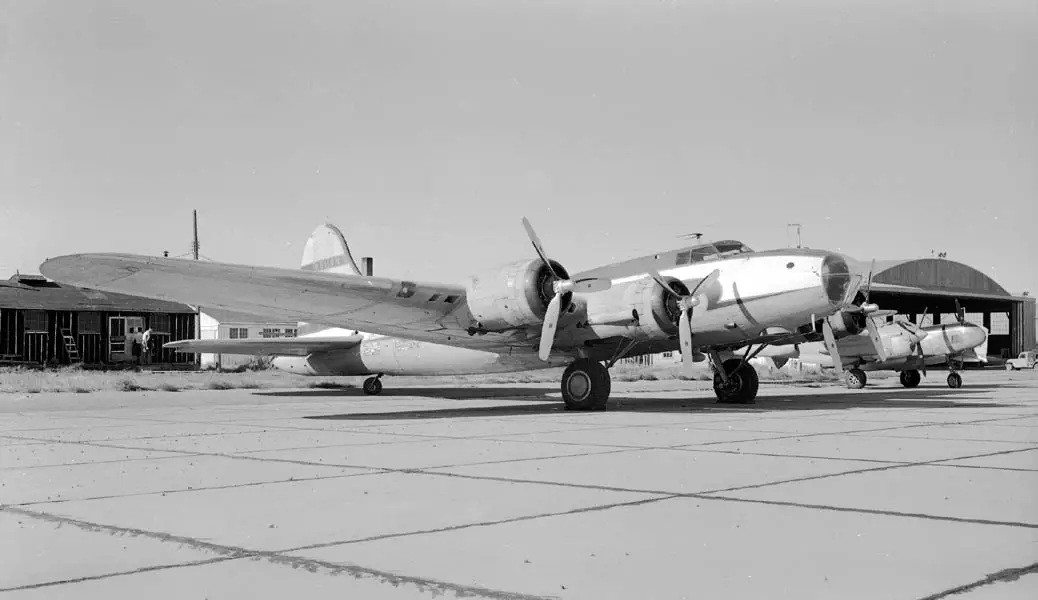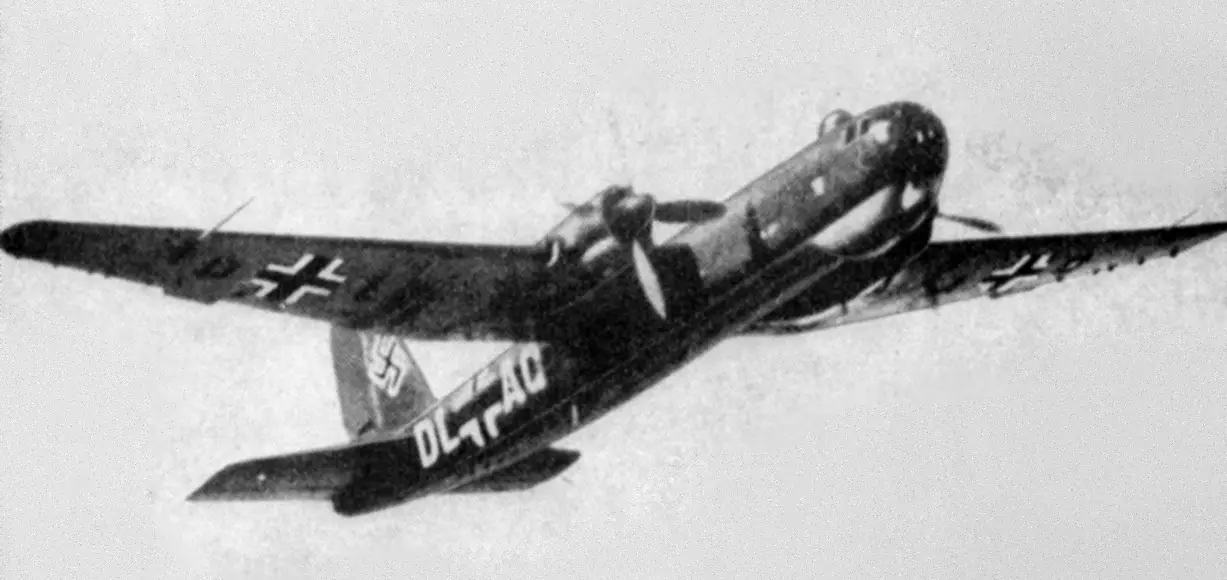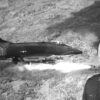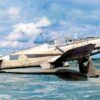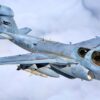Several years before the Second World War, German military planners were already considering strikes on the Soviet industrial sites they would deliver as part of a future invasion. Given the Soviet Union’s vast territory, such missions would require long-range bombers. That prompted the development of Heinkel He 177 Greif, which ultimately came to be Luftwaffe’s only operational long-range heavy bomber. However, the Heinkel He 177 was dubbed the ‘flaming coffin’ by its crews as overheating was the cause of so many engine fires.
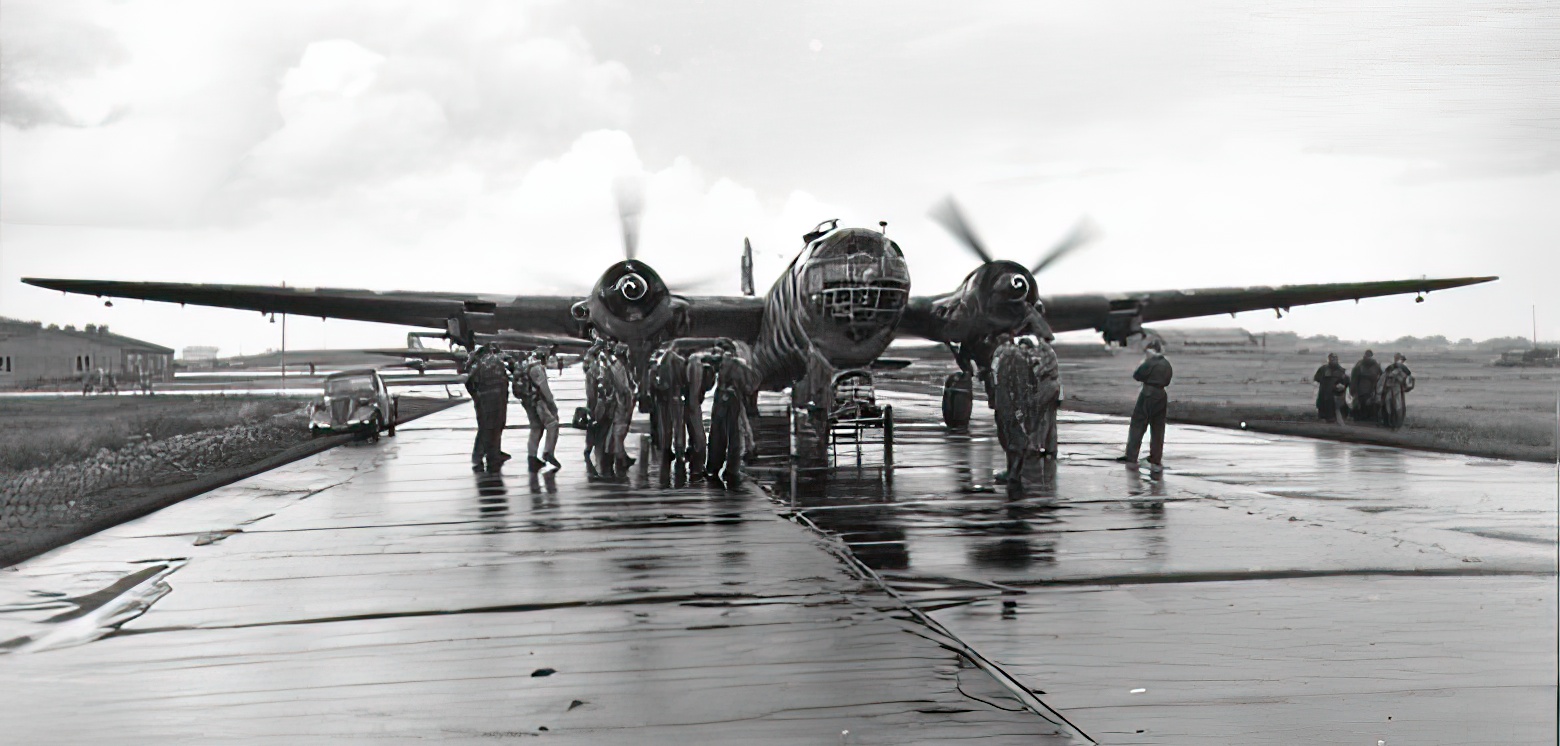
The challenge of building a fast heavy bomber with a diving capability
In 1936, the German Ministry of Aviation issued a specification for a fast, long-range, heavy bomber, development of which had long been promoted by Walther Wever, Luftwaffe chief of staff and an advocate of strategic bombing. The aircraft was supposed to be fast enough to outrun enemy fighters and have a long enough range to be able to reach Soviet factories in the Urals. Heinkel received the contract.
To generate enough power to meet those requirements, Heinkel used a pair of Daimler-Benz DB 601 engines coupled to turn a single propeller shaft. These arrangement named Daimler-Benz DB 606 produced 2,600 hp of power. Later variants got a similar combination of two DB 605 engines, collectively designated as DB 610 and producing 2,950 hp. The aircraft thus effectively had four engines turning two propellers. Minimizing drag to meet the speed requirements was paramount. That is why Heinkel did not have each of the four engines installed separately and turning its own propeller.
Top speed
The Greif had a top speed of 303 mph. Although that was less than its creators had expected, it was still a very decent figure, slightly above that of B-24 Liberator or B-17 Flying Fortress. The range was also impressive—even though also a little below expectations—3,400 mi. Again, better than that of the B-24 or the B-17.
Among the reasons of the He 177’s slightly disappointing performance was that the ministry specification actually had mutually exclusive requirements. Namely, this aircraft, conceived as a long-range heavy bomber, also had to have a 60 degrees diving attack capability. That meant that in addition to high speed and long range, the aircraft would also have to be very sturdy. But strengthening the airframe also increased its weight.
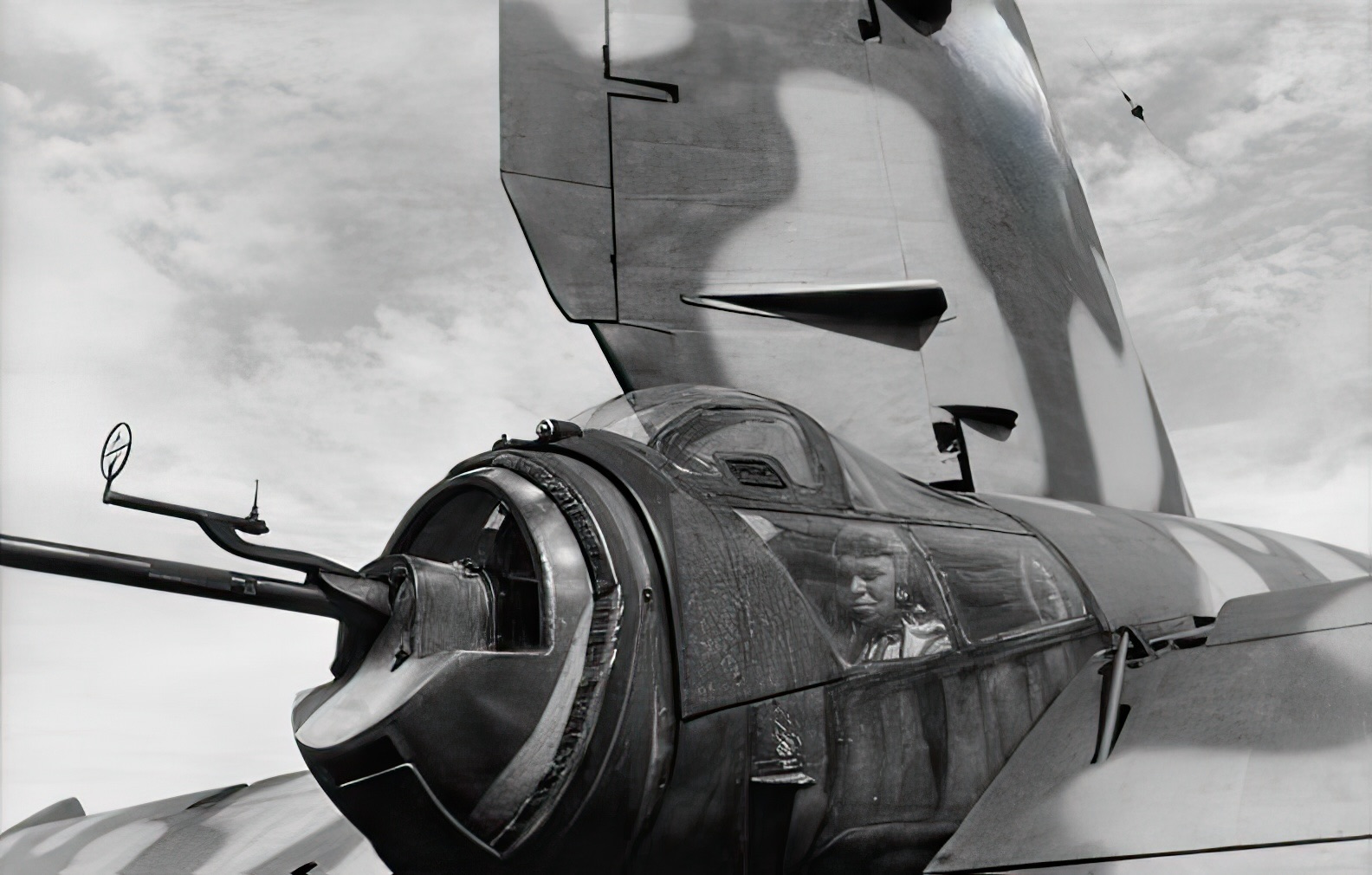
A long way to combat service
The first prototype of the He 177 performed its maiden flight in November 1939. But that was only the beginning of a very long road. Several prototypes were lost during the testing phase due to problems with tail surfaces and engines. Staggering 25 out of 35 pre-production He 177 A-0 aircraft were lost in accidents or fires.
While very powerful, the Greif’s engines crammed in pairs into a single nacelle were prone to overheating and catching fire in flight. That earned the plane such monikers among the Luftwaffe personnel as “flying lighter” and “flaming coffin.” Redesigning the tail unit and further strengthening the fuselage took about two years and it was only by the late 1942 that the Greif started entering service with the Luftwaffe with many problems still unresolved.
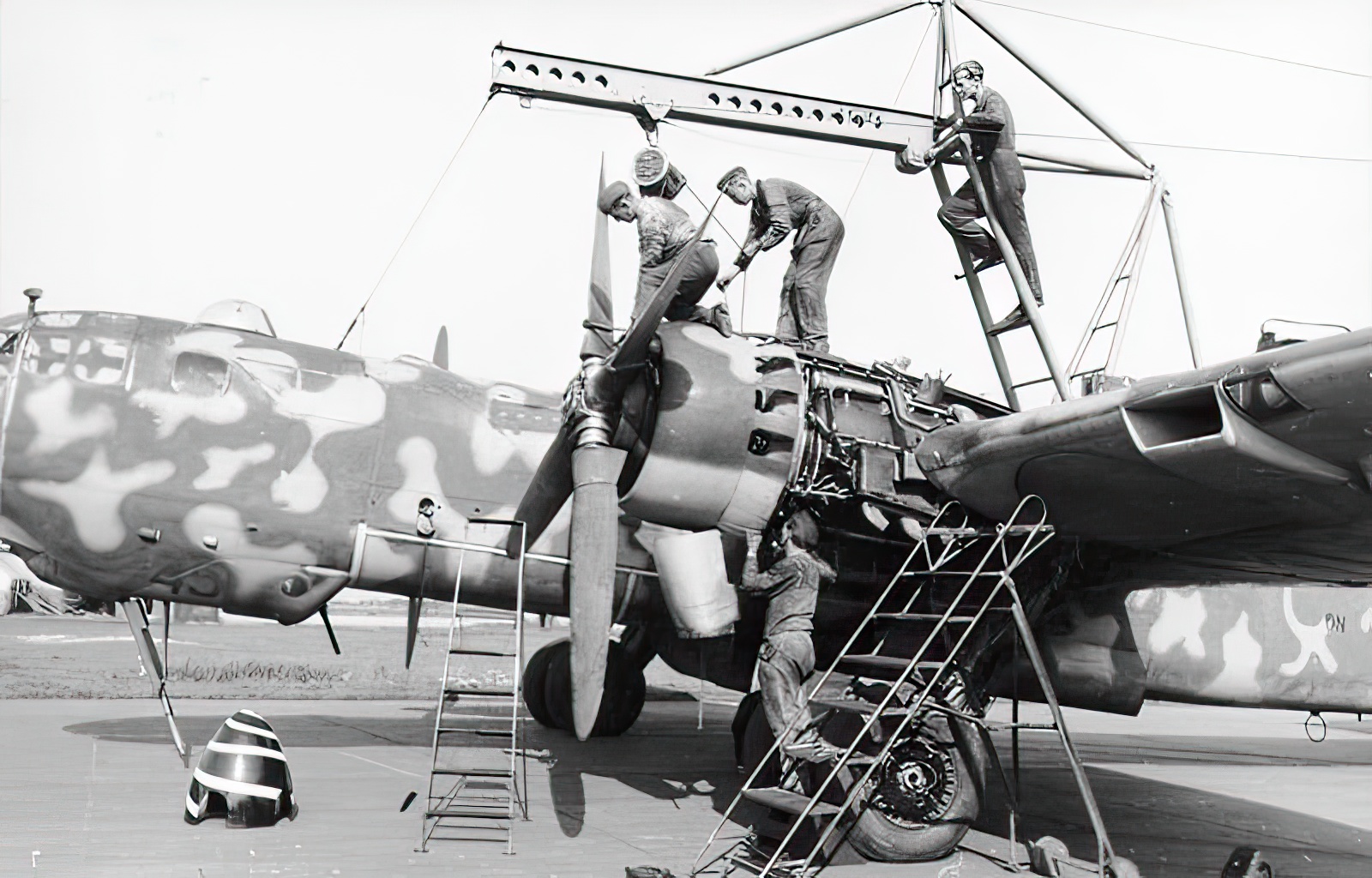
Debuting as a transport
One of the first uses of Greif, soon after its introduction into service was not as a bomber, but as a transport aircraft. It was employed in the airlift supplying German Sixth Army trapped in Stalingrad in the cold winter of 1942-43. However, the airlift in general failed miserably, and so did He 177s in particular, which carried less cargo than He 111s and were unsuitable for the highly needed medevac role.
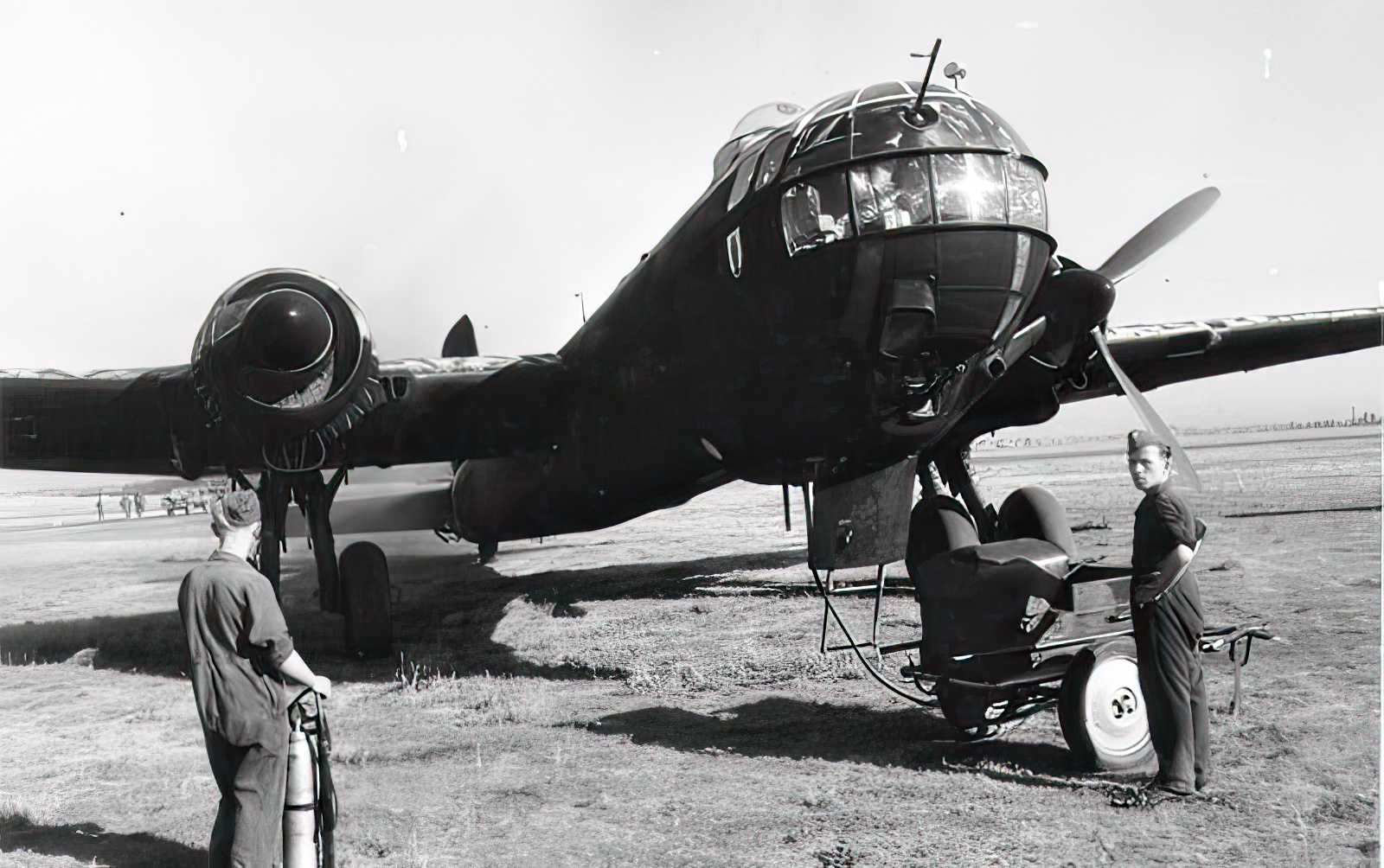
Operating as a heavy bomber
In the Stalingrad campaign the Greif was also first used in its primary bomber role. However, results were meager, seven planes were lost to enemy fire, and after just thirteen missions Greif operations were suspended. Still under development at the time, the Greif missed Luftwaffe’s operation Blitz in 1940. However, in early 1944 it took part in another German strategic bombing campaign against Britain, the operation Steinbock, also known as “Baby Blitz.” To avoid fighter attacks and anti-aircraft fire, He 177 crews climbed to over 20,000 ft.
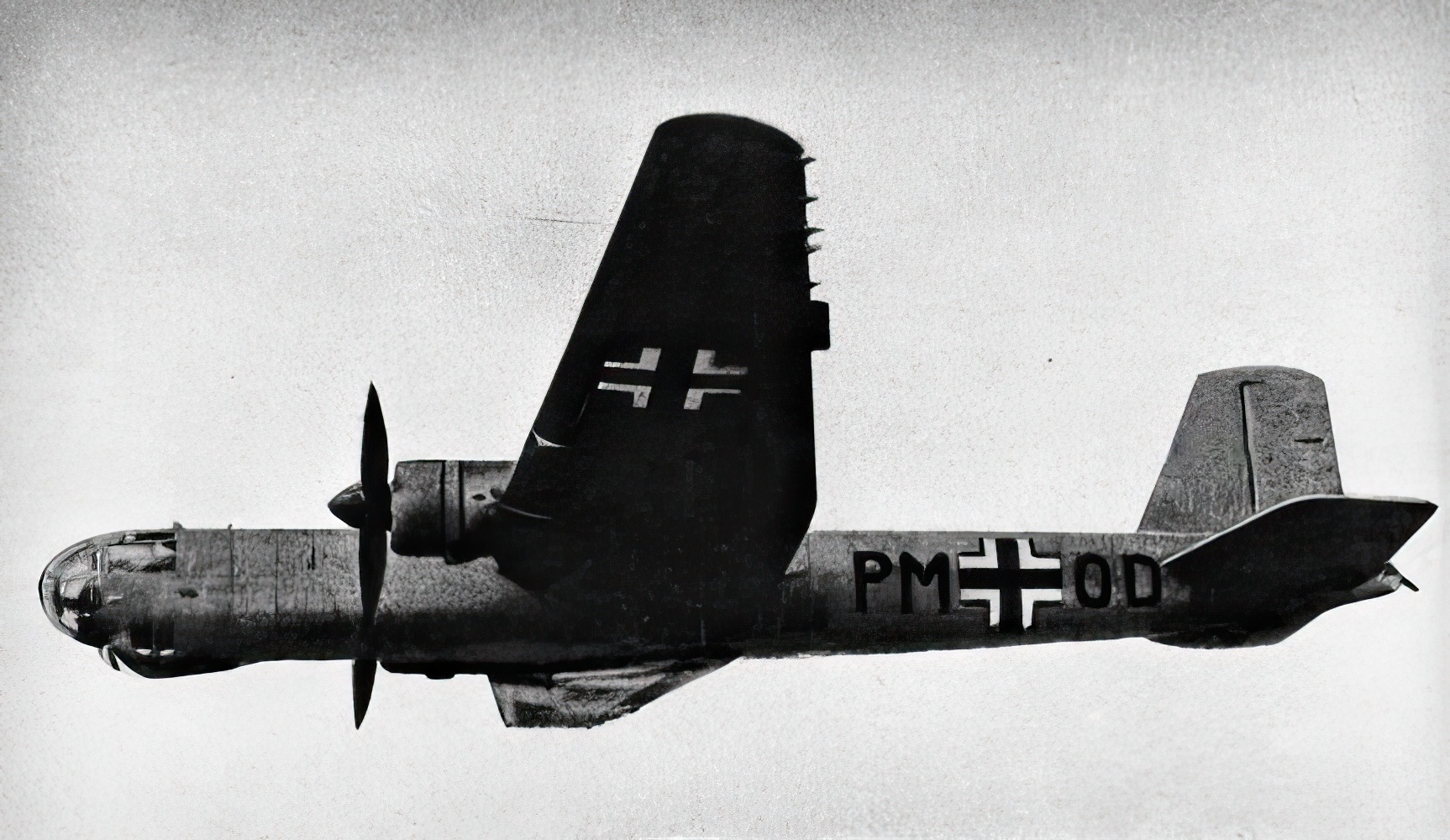
They would then attack their targets in a shallow dive, flying at speeds exceeding 400 mhp. While this tactic might have helped reduce losses of He 177, it also affected the accuracy of bombing. Besides, many aircraft were actually forced to return to base due to persisting engine problems. The He 177 was also used on the Eastern Front in mid-1944 in high-altitude bombing raids on railway targets in the city of Velikiye Luki. In those raids Greifs attacked in three large formations of about 30 aircraft each.
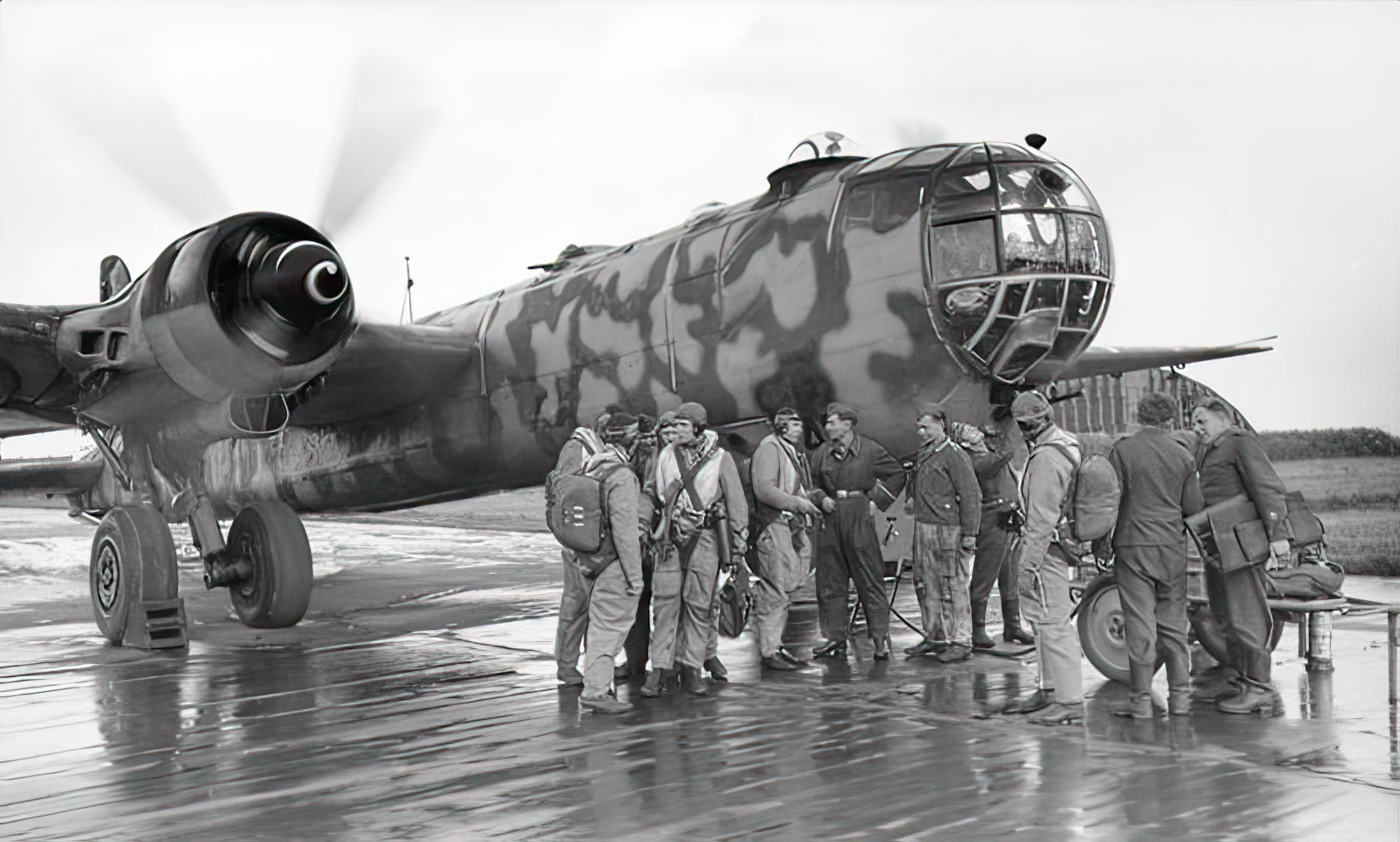
Maritime aircraft and other roles
In the spring of 1944, He 177 A-5/R6 aircraft began flying attack and reconnaissance missions over the Atlantic. Some tests were also conducted to investigate the use of He 177 to attack enemy ships with radio-controlled Hs 293 and FX 1400 missiles, as well as Fritz X glide bombs and LT 50 glider torpedoes. He 177’s another intended usage was destroying the Allied bomber formations by firing rockets at them from below. For this purpose, several airframes were modified by installing batteries of rockets. This variant was dubbed Grosszerstörer. However, there is no evidence of it ever actually being used in combat.
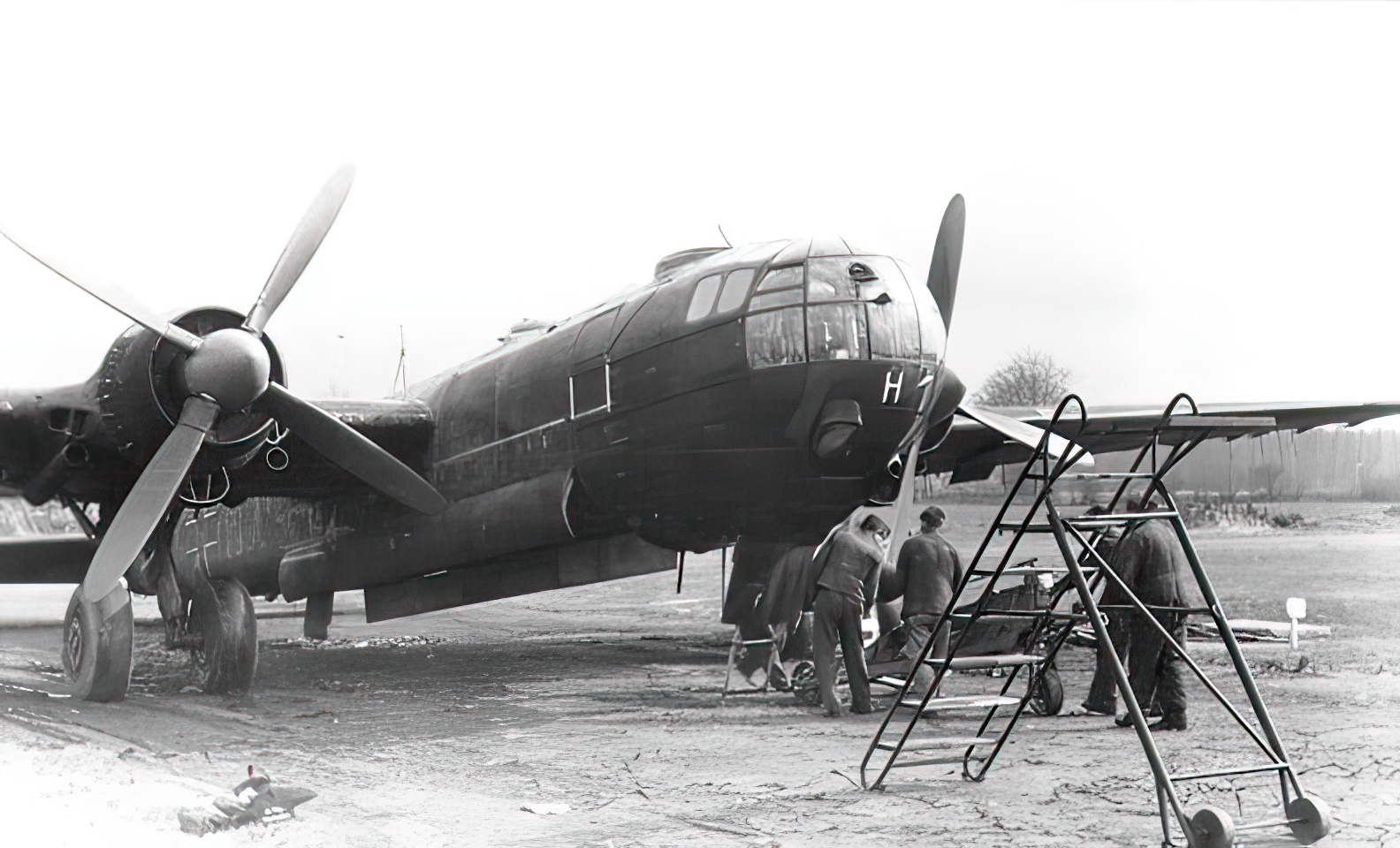
In total, more than 1,100 of He 177 of all variants were built, but most of them never even became operational. And many of those that did were lost to engine fires and other mishaps rather than to enemy action. The aircraft’s inherent design flaws ultimately prompted Germany to stop the production of He 177 by June of 1944. And in August, amid ever more acute shortages of fuel, which was desperately needed for fighter aircraft countering the Allied bombing raids, Greifs were withdrawn from operational service.

